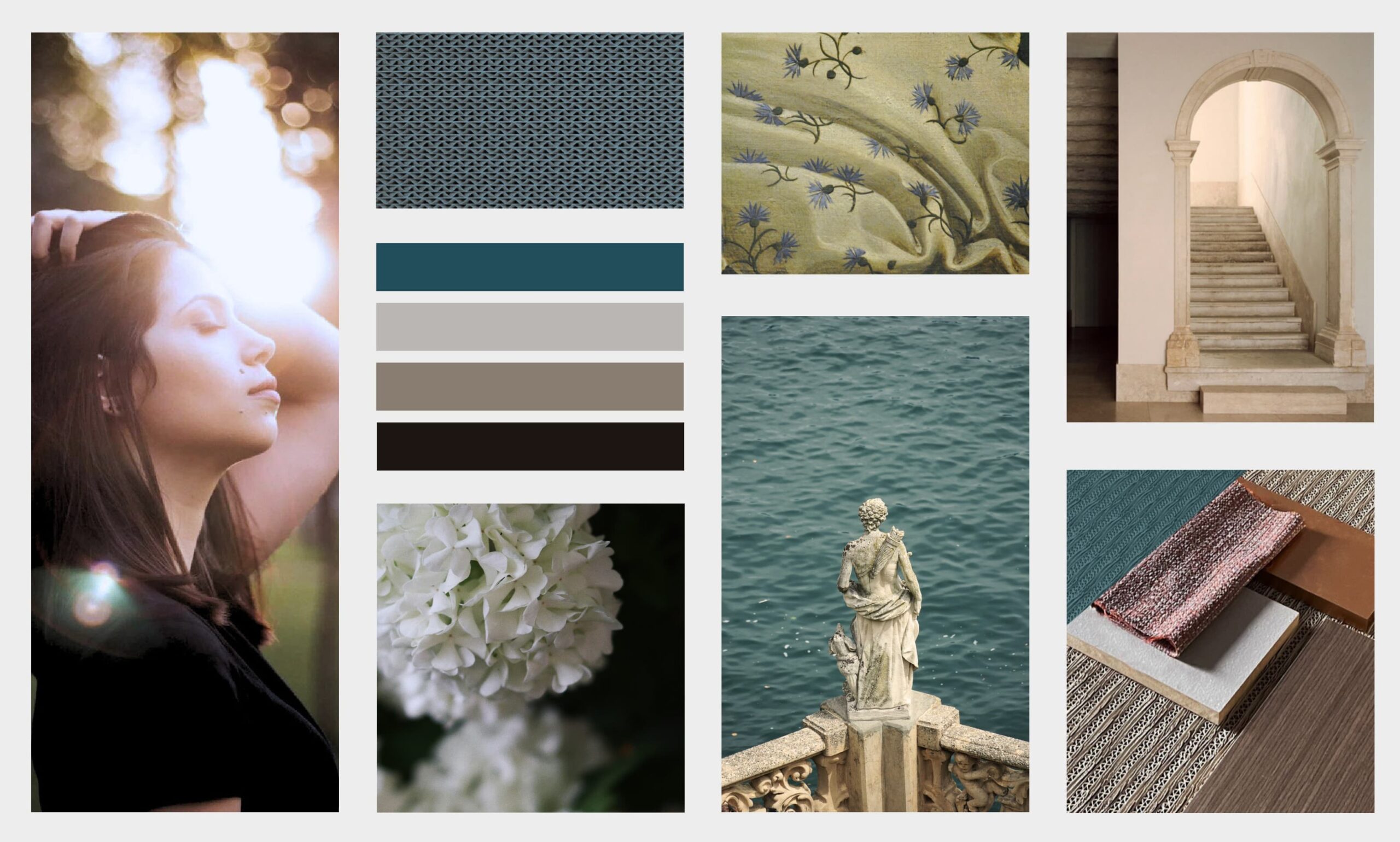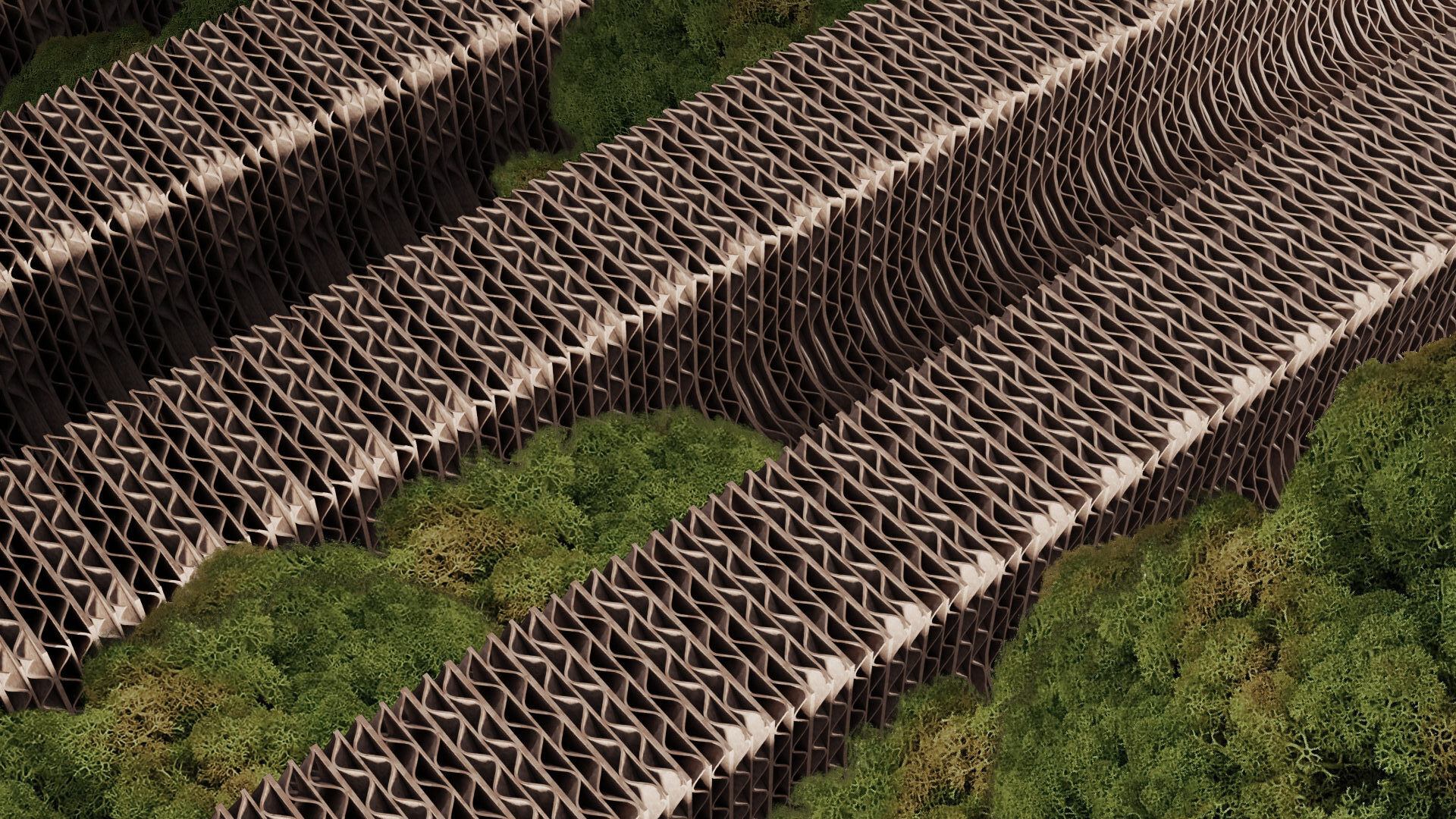The psychology of well-being
Unexpected well-being acoustics

ENVIRONMENTAL PSYCHOLOGY
The concept of well-being derives from the idea of feeling good and existing well and is closely related to the state of health defined by the World Health Organisation.
Environmental Psychology is the science that explores human behaviour and well-being in relation to the characteristics of an environment. People, through their actions, tend to modify their environment to suit their needs, establishing a relationship of reciprocal influence.
This discipline finds practical application in the creation or redevelopment of environments that improve and satisfy a person’s mental and physical well-being. Interventions, modifications, furniture choices or the way in which living spaces are organised serve as clues to understanding the personality and psychological aspects of a person.
One of the stressors most studied in Environmental Psychology is noise pollution.
Noise pollution strongly affects the well-being of individuals, and prolonged exposure to noise can lead to chronic illnesses, sleep disorders, aggression and decreased productivity in workspaces over time.
Acoustic comfort is achieved using materials free of VOCs (volatile organic compounds).
A careful and conscious choice to reduce physical and psychological discomfort caused by environmental micropollutants.
UACOUSTICS addresses Sick Building Syndrome by employing “low-emissive” products.
Dr Katia Zambon
Expert in Environmental Psychology and Feng Shui

Biophilia
The term “Biophilia” was first coined in 1964 by the German psychoanalyst Enrich Fromm.
Biophilia is the deep-seated human need to connect with nature, embodying our passion and love for life. It represents the tendency of human beings to focus on life processes and to connect emotionally with each other.
Numerous studies have demonstrated the positive psychological effects of visual contact with natural environments, and how they impact associated behaviour.
This has led to the development of biophilic design which allows people to live in environments and spaces where contact with nature and natural elements is enhanced.
Stephen Kellert, in his 2008 publication “Biophilic Design: the Theory, Science and Practice of Bringing Buildings to Life” describes the principles of biophilic design and its application in buildings. This approach creates artificial spaces that replicate the natural environment.
When it’s not possible to have direct contact with nature using natural elements such as plants, water and animals, “Natural Analogues” are a great alternative. The goal is to incorporate design elements into the constructed environment that enables us to foster a deep connection with nature.
Through an indirect relationship with nature, organic shapes, materials, colours, sequences and patterns reminiscent of the natural world offer spaces that promote both physical and mental well-being, alleviating stress and strengthening our connection with nature.
With its moulded and textured shapes, UACOUSTICS ® Natural Fiber provides sensory experiences mirroring a spatial arrangement similar to those encountered in nature, promoting a profound sense of well-being.
UACOUSTICS ® Natural Fiber is made of locally available natural materials. The decision to use products that reflect the local ecology and respect for the environment stems from the desire to make UACOUSTICS an environmentally sustainable product with a low environmental impact.
Dr Katia Zambon
Expert in Environmental Psychology and Feng Shui

FENG SHUI
Feng Shui is an ancient Chinese philosophy that focuses on creating physical environments and spaces that align with the people who inhabit them. It literally means “wind and water:” the two elements that shape the earth. The goal is to improve people’s mental and physical well-being by improving the quality of both indoor and outdoor environments.
One of the key principles of Feng Shui involves harmonising structures and materials, shapes and colours with the subtle relationships between people and their surroundings.
The colour, types and shape of the furnishings chosen for a specific environment influence the mood of the person who resides in it. This is why curved and, therefore, softer shapes (Yin) are often preferred over shapes with sharp corners and edges (Yang), which are perceived as more rigid and formal.
The Yin-Yang polarity is reflected in art and architecture through the continuous interplay of light and shadow, fullness and emptiness, covered and uncovered. The versatility of UACOUSTICS makes it ideal for creating indoor environments where the concept of space is conceived as a unity of complementary opposites merging together in a synergistic way.
Dr Katia Zambon
Expert in Environmental Psychology and Feng Shui